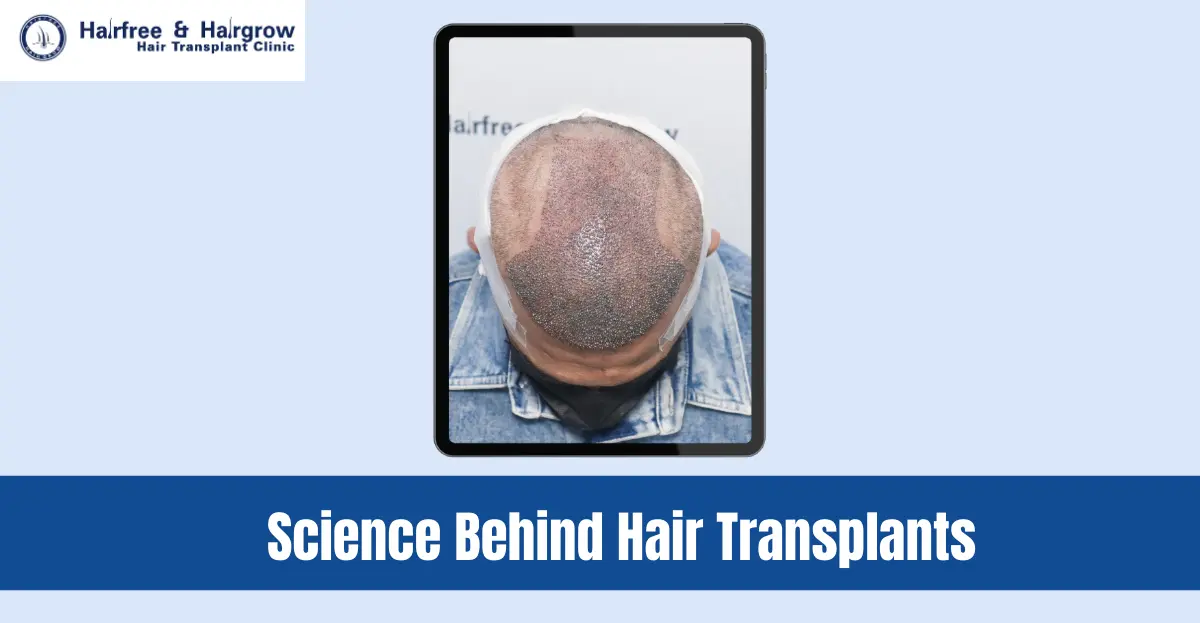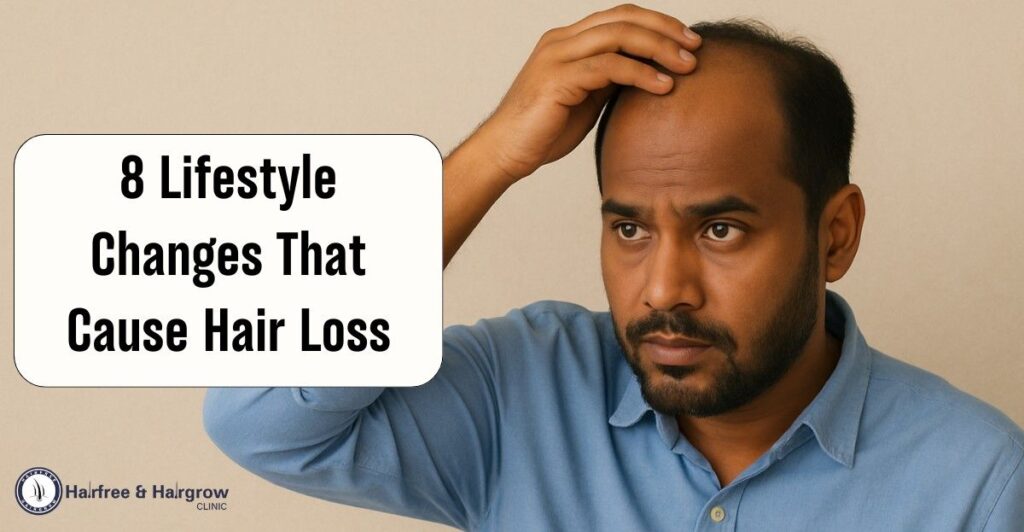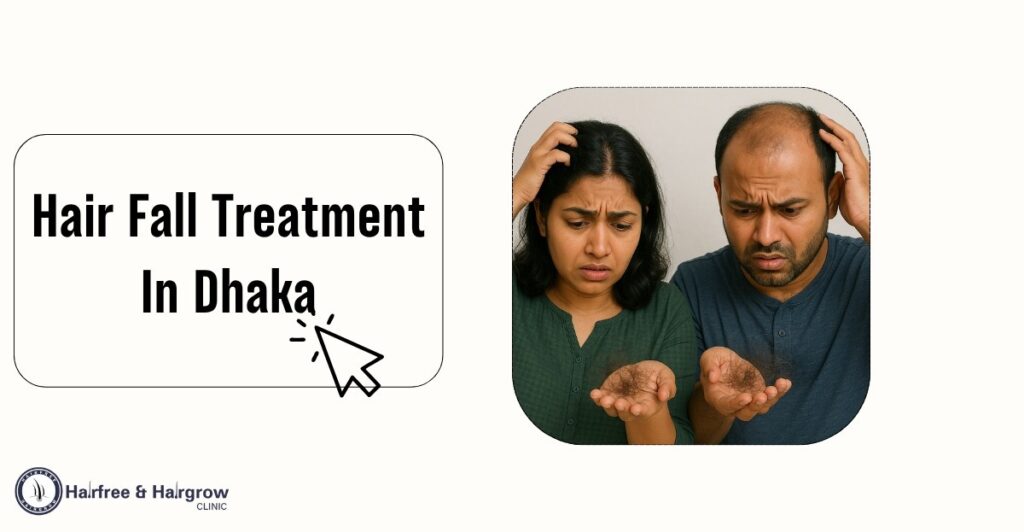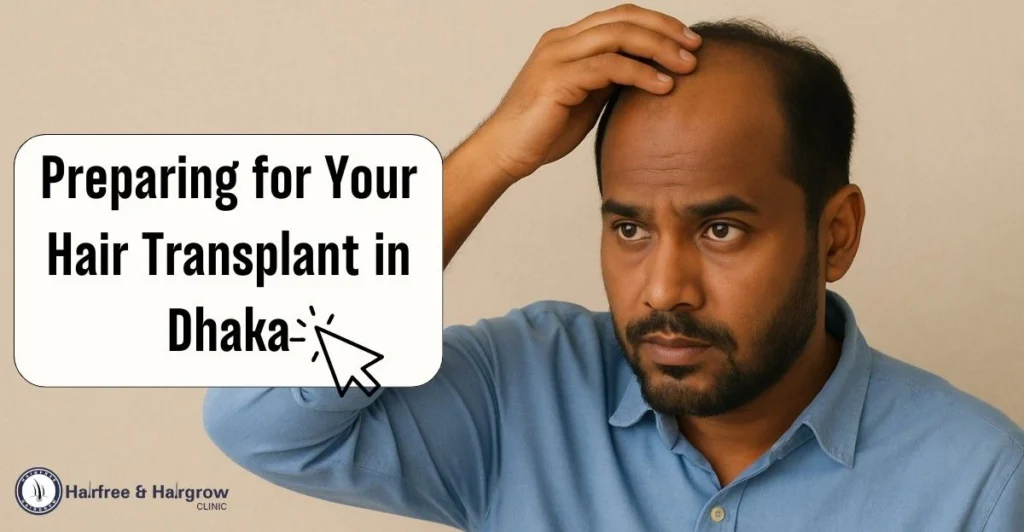Hair transplants are increasingly gaining popularity in remedying hair loss. But how exactly do these procedures operate, and for what reasons do they work? Understanding the science behind hair transplants and the whole process of hair restoration would answer the reason that treatment is changing the game regarding hair loss treatment.
Table of Contents
Understanding Hair Loss
Nothing is more common than hair loss, which can happen to both men and women and even children. So, before going into the details of how the transplants work, it is essential to understand why this happens in the first place.
Common Causes of Hair Loss
- Genetic: The most common cause of hair loss is hereditary androgenetic alopecia.
- Hormonal Changes: Hair loss can be caused by pregnancy, menopause, or thyroid disorders.
- Age: A natural decrease in hair density occurs in the course of aging.
- Stress and Lifestyle: Poor diet, stress, and certain medications can trigger hair loss.

The Role of Hair Follicles in Hair Growth
Hair follicles are tiny structures embedded in the scalp that produce hair strands. The health of hair follicles largely determines the density, texture, and growth cycles of hair. Hair thinning or baldness within a person occurs as a result of damage or depletion of hair follicles.
The Basics of Hair Transplants
What Is Hair Transplantation?
This is the surgical procedure of transferring healthy hair follicles from one area of the body (donor site) to the hair-loss area (recipient site). It is indeed intended to be a permanent solution to restore a natural-looking hairline.
The Process of Hair Follicle Extraction and Reimplantation
The procedure entails extracting hair follicles from the donor site and meticulously implanting the extracted follicles into balding areas of the scalp. Each follicle has to be carefully handled, ensuring its survival and growth in its new location.
The Two Main Techniques: FUT vs. FUE
A hair transplant uses either Follicular Unit Extraction (FUE) or Follicular Unit Transplantation (FUT) techniques to perform this procedure. Although both techniques seek the same outcome, their applications differ with each method.
FUT (Follicular Unit Transplantation)
- Procedure and How It Works:
FUT entails cutting out a strip of the skin from the rear part of the scalp, harvesting individual hair follicles from that strip, and transplanting them into the recipient area.
- Pros and Cons:
o Pros: It could extract a large number of follicles from just one session; it is also economical for extensive hair loss.
o Cons: Leaves a linear scar; Lengthier post-surgery recovery.
FUE (Follicular Unit Extraction)
- Procedure and How It Works:
FUE is where a small circular punch tool is used to extract units of hair follicle directly from the scalp and transplant them into bald areas.
- Pros and Cons:
o Pros: Minimally invasive; has no visible scars; and short recovery time.
o Cons: It takes time and may be more costlier.
Comparison of Both Methods
While FUT is more applicable for larger transplant sites, FUE is perhaps best described as a scarless, minimally invasive alternative for smaller surgeries.
The Science of Hair Follicle Survival and Growth
How Hair Follicles Adapt to New Locations
Hair follicles, soon after being transplanted, continue in natural cycles of growth–though they seem to be just part of a more sophisticated whole. Adaptability is what makes this procedure so good because they do keep their properties.
The Healing Process and Initial Hair Growth Timeline
After transplanting, the scalp starts healing over a few weeks. The transplanted hair sheds after transplanting, and from this point, growth starts; visible results take 6-12 months.
The Role of Stem Cells in Hair Regrowth
Stem cells are the main components that represent the regeneration of hair follicles. They activate the activity of a follicle, thus stimulating the growth of healthy, new hair. The exploration of stem cell therapy holds a fascinating promise in the aspects of hair transplant.
The Role of Growth Factors and Blood Supply in Hair Regrowth
How Blood Circulation Affects Hair Follicles Post-Transplant
Transplanted follicles require nourishment from proper blood circulation. Blood flow thus carries oxygen and food supply that make this process support proper regrowth.
The Importance of Growth Factors for New Hair Follicles
The growth factors found in platelet-rich plasma (PRP) induce activity of the follicle and enhance the density of the hair. PRP therapy is generally used in conjunction with transplantation to achieve better results.
The Future of Hair Transplant
Advances In Technology And Techniques
Revolutionizing the world through robotic hair transplants and bioengineered hair follicles, this technology promises accuracy as well as better results.
What’s Next for Hair Restoration Treatments
Research continues on gene therapy, new developments in stem-cell applications, and regenerative medicine look into the history book of hair loss treatments.
Conclusion
The combination of biology and technology is demonstrated in hair science: a patient undergoes a reliable permanent solution to hair loss by taking advantage of the natural adaptability of hair follicles.
Whether FUT or FUE is the surgery one may choose from, the very process of understanding how hair transplants work empowers one to make an informed decision. But, as with most improvement and invention processes, the future looks bright for those seeking efficacious hair restoration.
Looking for hair transplant solution? Do not wait any longer: Consider Hair Free and Hair Grow Clinic!
FAQ
Usually, new hair starts sprouting about 3-4 months after transplant, while complete growth would be noted between 9 and 12 months.
Certainly, hair transplant will be permanent, since the follicle retains its original property of growth.
The combination of factors like the skills of the surgeon, post-operative care, and overall health is determined for a successful transplant.
The procedure can leave one feeling minimally painful because it carries local anesthesia. Mild burning could be felt during recovery.

Written By
Medical Officer & Hair Transplant Surgeon
Dr. Nazmin Sultana Nipa is a distinguished hair transplant doctor in Bangladesh, known for her advanced skills in hair restoration. As a Medical Officer and Hair Transplant Surgeon, Dr. Nipa combines her extensive experience in the field with a focus on transparency and patient-centered care.
Disclaimer
We’ve made all possible efforts to ensure that the information provided here is accurate, up-to-date and complete, however, it should not be treated as a substitute for professional medical advice, diagnosis or treatment. See Detailed Disclaimers Here.




